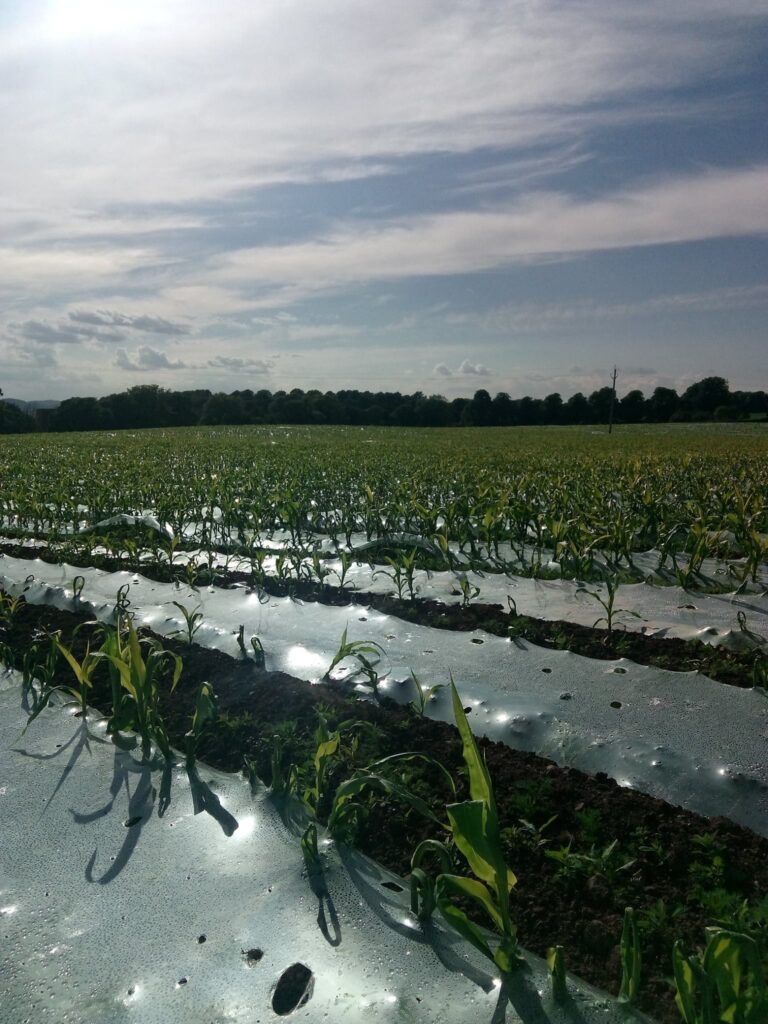Considerations for Growing Maize Silage
27 February 2024In southwest Scotland in particular we are hearing of an increased area of maize being planned for the 2024 season. This is predominantly due to the low availability of other seeds and farmers looking to introduce high quality forage into their rations to reduce the reliance on purchased feeds. The acreage of maize planted has dropped over the last 10 years due to the high establishment costs, cold wet summers which restricted yield and wet autumn conditions which made harvest tricky. There is no doubt that maize is a fantastic addition to a milking cow diet, but there are some key considerations to bear in mind.
Choose the variety you are going to plant according to your farm conditions. Use the BSPB Forage Maize Descriptive List to help you select the variety most likely to be successful on your farm. The varieties on the ‘Favourable List’ are more suited to farms with good growing conditions, but where a balance still needs to be found between yield and ensuring the crop is mature enough to harvest before ground conditions are unsuitable. Those on the ‘Less Favourable List’ are suited to farms where harvest date and therefore maturity are critical, and these tend to be lower yielding varieties. Also consider what will be grown after the maize is harvested. If an autumn crop is to follow maize, then an earlier maturing variety will be essential.
Consider the use of biodegradable plastic film carefully. While it can bring forward the harvesting date by up to a month, plastic is expensive and does have an environmental impact. However, on more exposed sites or on heavier soils it could be the difference between the success and failure of the crop. The plastic will help to warm up the soil quicker and so speed up germination and early plant growth. Research by Teagasc reported a 3T/DM/ha increase in yield and 6-10% increase in starch content for crops grown under plastic compared to those that are not.
The following table produced by AHDB shows the growing and harvesting factors which can affect the feed quality of maize silage. While we can do little about the weather, with a wet summer having the single biggest negative impact, the other factors are within our control through variety selection, harvesting operations and clamp management.

Under the right soil and weather conditions, yields of up to 40T/ha fresh weight (at a dry matter of 30% being the target) can be achieved, although yield will depend on the variety used. The typical metabolisable energy content of maize silage is around 11MJ/kg DM although it can vary from 10.8 to 11.5MJ/kg DM. However, it is low in protein compared to grass silage, with a protein content of around 8% DM.
One of the benefits of maize silage is the nature of the starch. The forage contains the highest level of starch compared to other wholecrop cereals (typically around 30% DM) and it is also highly digestible. Around 30-35% of the starch bypasses the rumen for digestion in the small intestine, meaning it is less fermentable in the rumen, lowering the risk of acidosis.
More detailed information on the growing and feeding of maize can be found at:
Growing maize for silage | AHDB
The Maize Growers Association | The Maize Growers Association
alison.clark@sac.co.uk; 01776 702649
Sign up to the FAS newsletter
Receive updates on news, events and publications from Scotland’s Farm Advisory Service

